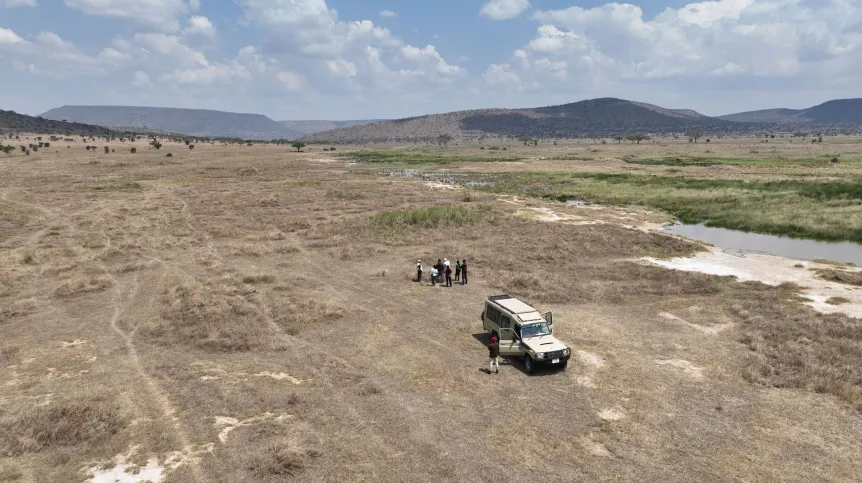
More than 30 valuable archaeological sites, previously unknown rock paintings, fragments of pottery and stone tools have been identified by Polish archaeologists in Tanzania's Serengeti National Park. This is the first Polish research project in this area.
Tanzania's Serengeti National Park is the world's largest protected area. Lying on a plateau between Lake Victoria and the western edge of the Rift Valley, it is considered the cradle of humanity. It is also located just a few dozen kilometres from the famous Olduvai Gorge, one of the most famous archaeological sites in the world, where traces of human and other hominid species' presence from 2.6-1.7 million years ago have been found.
Preliminary archaeological work in the Serengeti (conducted about 40 years ago, under the supervision of American researcher Professor John Bower, and 20 years ago, led by Professor Audax Mabulla), indicated the enormous scientific potential of the Serengeti, especially in the aspect of the Paleolithic (Later Stone Age). However, in recent years, the interests of archaeologists have moved mainly to the areas of Asia and America, and the scientific fashion for this part of Africa and the great African savannahs has waned. Few archaeologists are currently working in Tanzania, and research by foreign scientists is conducted primarily in the Olduvai Gorge.
Polish scientists have therefore decided to revive interest in research in Africa. The first Polish research project, one of the few in the world in this place, is being conducted by Dr. Marta Osypińska from the University of Wrocław, and Dr. Piotr Osypiński from the Institute of Archaeology and Ethnology at the Polish Academy of Sciences. They focus on the Later and Middle Stone Age, i.e. the times when anatomically modern humans appeared. In August, they completed the first stage of research.
Undiscovered cradle of humanity
'Not only did we evolve in the East African savannahs, they have always been rich in food and excellent living conditions. This has always been a region where our species had its homeland, where it could protect itself, for example in the event of climate disasters. Today, archaeologically, little is known about this virgin area. It is worth emphasizing that the Serengeti Park is also attractive because it has been protected for many decades and has not yet been changed on a large scale by civilization', says Dr. Osypińska.
The first task of Polish researchers is to develop a professional map of archaeological sites in the Serengeti. So far, none has been created to document the archaeology of this place. The only person who has all the knowledge about the location of the sites, monuments and their chronology is Professor Audax Mabulla, who works in this area.
Unknown sites at rocks like from The Lion King
'In the first season of research, we wanted to see if there were any archaeological sites there that would be suitable for research in the modern stream of interdisciplinary environmental studies. We decided to search the southern part of the park. We drove around the rock outcrops that everyone probably knows from The Lion King, where lions love to bask', says Dr. Osypińska.
Not only do they offer a great view of the plain, they are also full of various types of rock shelters and caves.
'In two of them, we managed to find previously completely unknown paintings on the walls, as well as a huge deposit of arranged animal bones. It was clearly some kind of shelter, as indicated by traces of scorching from a fire, fragments of pottery, stone tools', Osypińska says.
In the second shelter, located in a strict reserve, in addition to the paintings, scientists identified the remains of a human skeleton. 'This place may be associated with the burials of ancient shepherds. They practically did not bury the dead, they symbolically left their remains for animals; there are indications that they could have left them in such caves', she adds.
The paintings depict Masai shields, figures, but also animals, both wild ones, e.g. antelopes, and probably cattle. They were all painted with ochre, powdered bone and coal. The researchers completed preliminary documentation, specialist analyses remain ahead of them.
Prehistoric paintings in the hotel dining room
During the first season in the Serengeti, the researchers registered 30 archaeological sites with scientific potential and verified many other places reported to possibly have archaeological value.
'Some of them were located in newly built luxury tourist camps. The paths of one of these camps were covered with materials taken from an archaeological site in a nearby river. In another, a beautifully designed luxury hotel, in the middle of the dining room there are prehistoric paintings as an attraction, and next to them new ones were painted to make them more visible. We were shocked by how much some of the sites were being destroyed', says Dr. Osypińska.
Despite the fact that Tanzanian law, like Europe’s, requires archaeological prospecting before an investment, it has remained largely inactive. 'This was because it was long believed that there was no significant archaeology in the Serengeti. Unexpectedly, a new challenge appeared before us, which we were not aware of, that we needed to raise this awareness. There are extremely valuable and very interesting sites with huge scientific potential in this place', Osypińska says.
During this year's research, archaeologists also verified one of the few known archaeological sites: Loiyangalani. It was studied 20 years ago by Professor John Bower's team.
'This site required absolute verification, primarily dating, because it is very important in this region of Africa. It became a reference point for other researchers who, for example, work in the Olduvai Gorge, because it was the best-studied site in the entire region. However, Professor John Bower never actually published the results of his research in scientific journals. We do not have maps of the sites he found. There are only oral reports and hand-drawn maps', says Dr. Osypińska.
It turns out that Loiyangalani is not in the place indicated on the maps, but shifted by several dozen kilometres. It was only possible to find it thanks to the presence of Professor Audax Mabulla, who co-led research in the place years ago. The site, formerly located several hundred meters from the river, is a place of migration of millions of wildebeests every year, which trample its banks. As a result, the riverbed has shifted significantly and the site is actually on its bank, partially flooded.
Polish archaeologists opened a trench from 20 years ago and went down almost two meters into the history of the Serengeti. They took samples for OSL dating and a series of several dozen samples to study the geological history of the Serengeti. They will soon be sent to Poland and be sent to prestigious laboratories so that they can be studied in detail.
'It is estimated that the migration of animals and the formation of the Serengeti stretch over millions of years. The opportunity to look so deeply into the history of this extraordinary place is truly fascinating. During the research, we were also able to get out of our cars, which ordinary tourists cannot do, and actually look into places that no scientist has ever looked into before', Dr. Osypińska says.
The results of this year's research should be available by the end of the year. Next season, thanks to cooperation with local organizations, the researchers will have a permanent base in the centre of the Serengeti, and easier access to all sites.
PAP - Science in Poland, Ewelina Krajczyńska-Wujec
ekr/ agt/
tr. RL
Gallery (4 images)
-
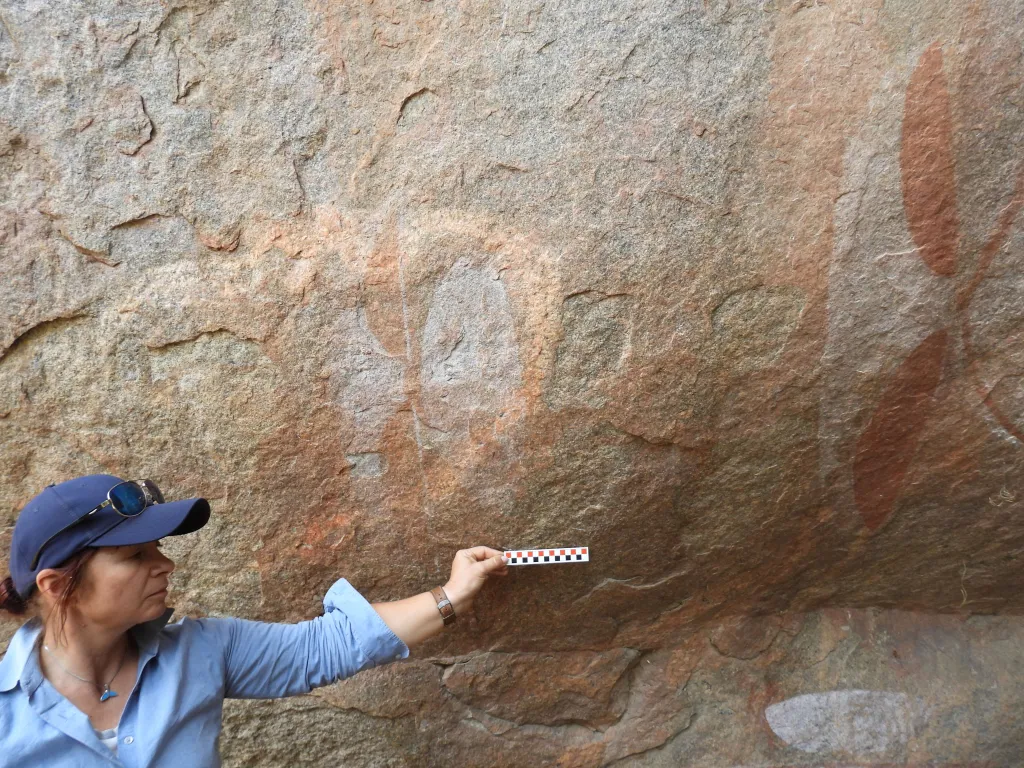 1/4Serengeti. Credit: prof. Marta Osypińska
1/4Serengeti. Credit: prof. Marta Osypińska -
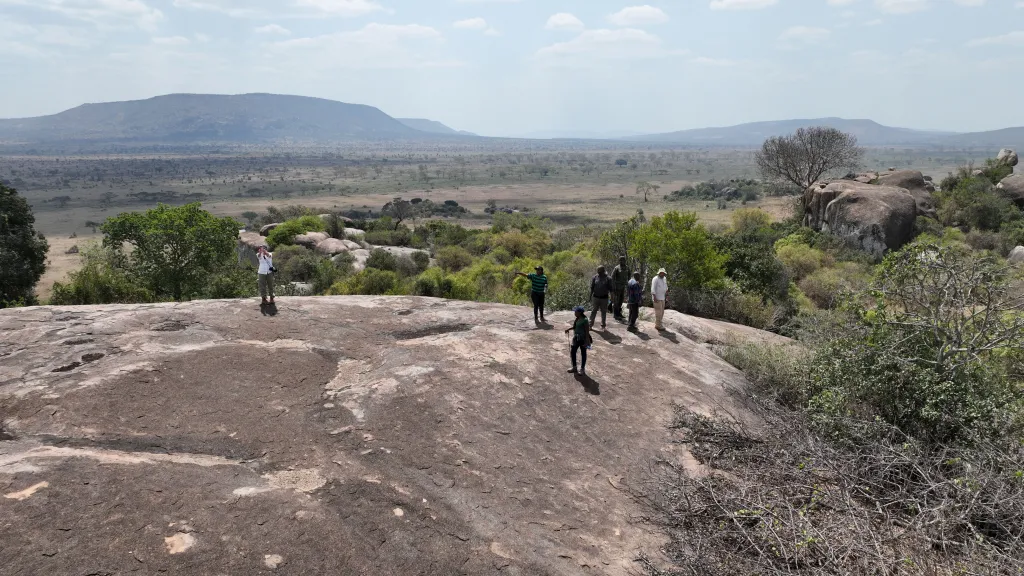 2/4Serengeti. Credit: prof. Marta Osypińska
2/4Serengeti. Credit: prof. Marta Osypińska -
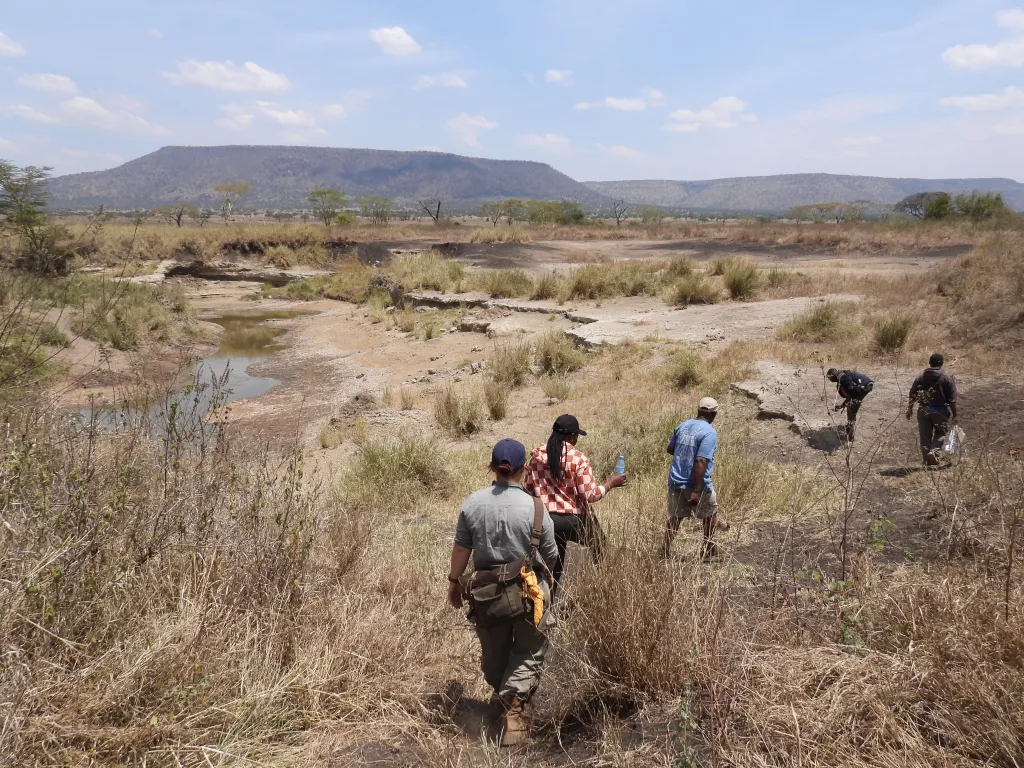 3/4Serengeti. Credit: prof. Marta Osypińska
3/4Serengeti. Credit: prof. Marta Osypińska -
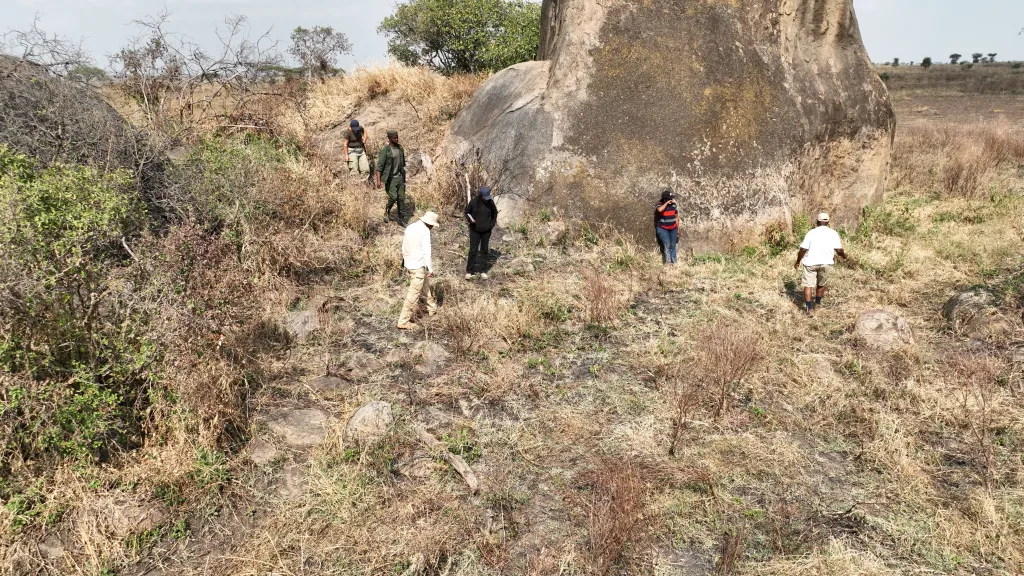 4/4Serengeti. Credit: prof. Marta Osypińska
4/4Serengeti. Credit: prof. Marta Osypińska













